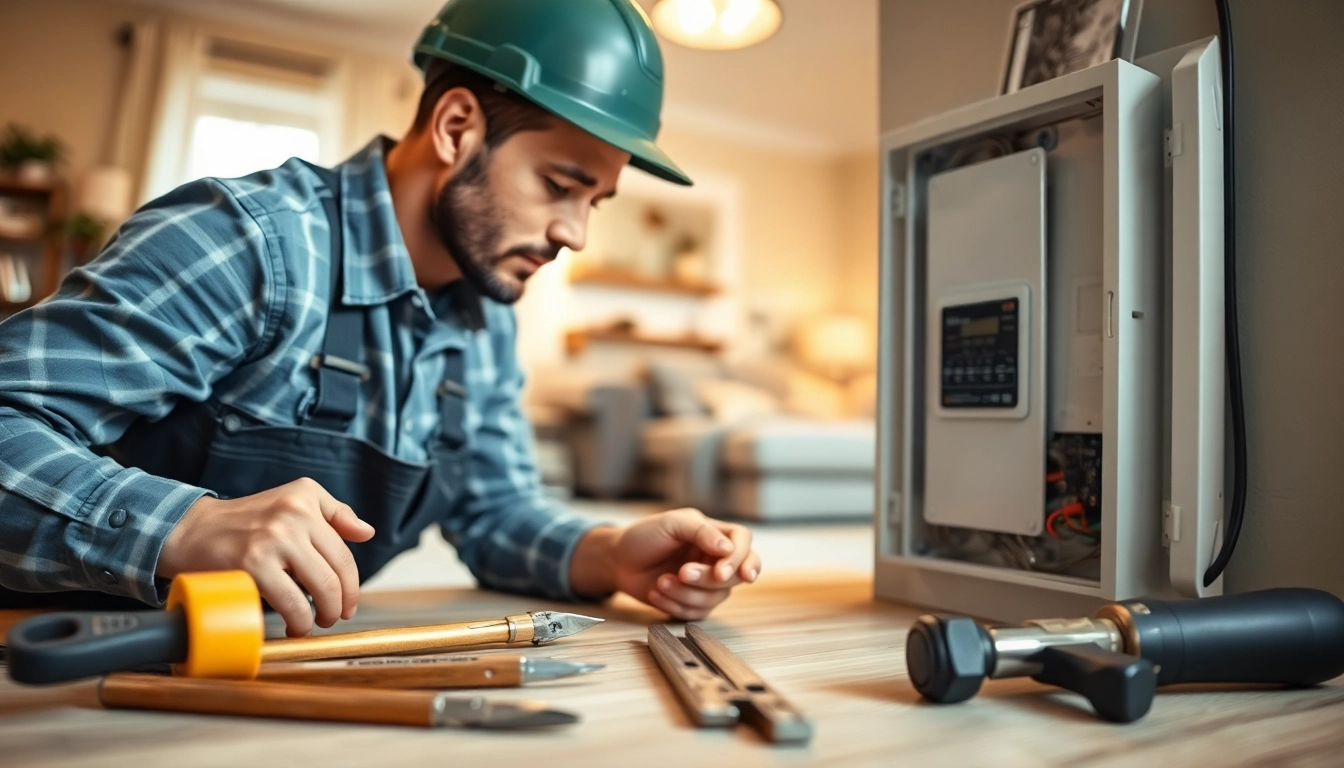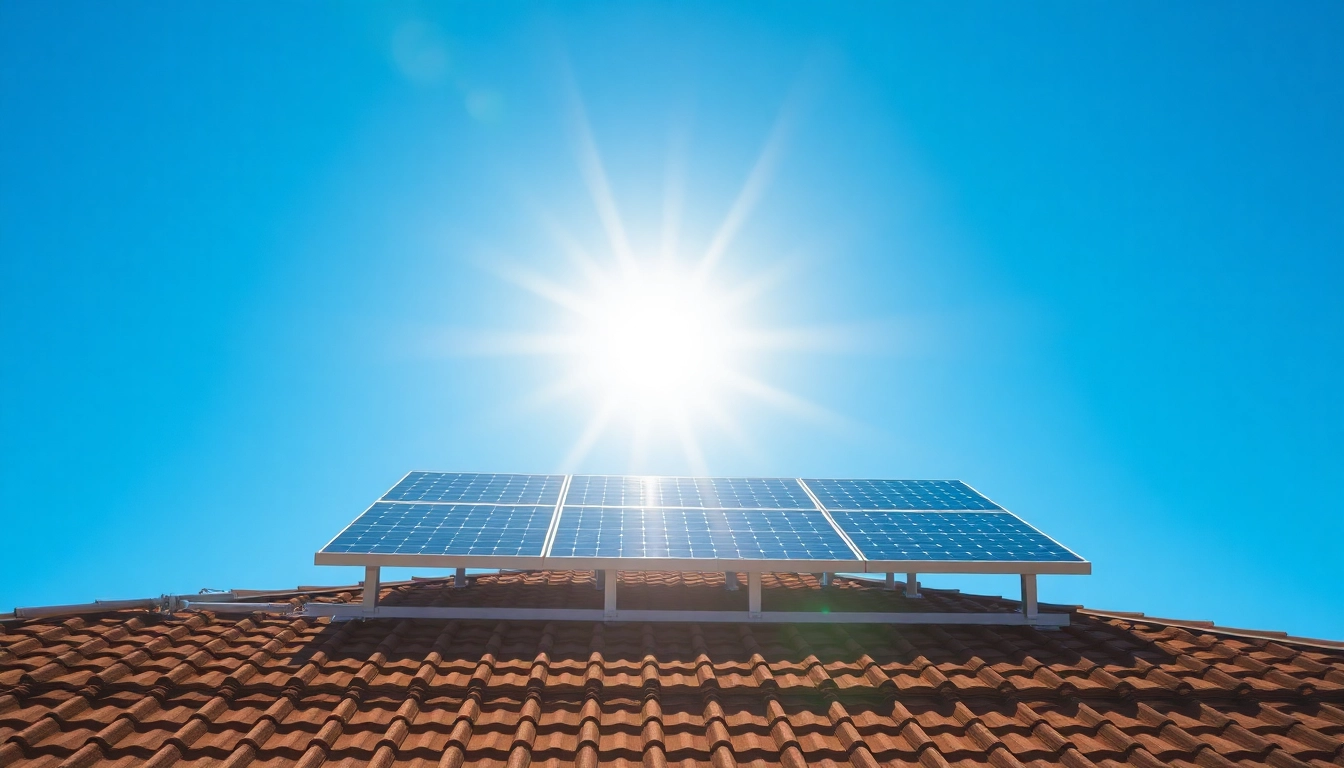1. What is an Electrical Panel Upgrade?
1.1 Definition and Purpose of Electrical Panel Upgrades
An Electrical Panel Upgrade involves replacing or upgrading the existing electrical services panel in your home. The purpose of upgrading an electrical panel is to accommodate the increased demand for electricity from modern appliances and technologies, ensure safety from electrical hazards, and comply with current electrical codes.
1.2 Common Reasons for Upgrading Panels
Over time, the electrical needs of a household can change significantly. Some common reasons homeowners choose to upgrade their panels include:
- Installation of New Appliances: As homes modernize with energy-demanding appliances like dishwashers, microwaves, and home heating systems, the existing panel may struggle to meet the increased load.
- Home Renovations: Renovations often include the addition of new outlets or even complete rooms, necessitating a larger amperage service for safe operation.
- Electrical Code Compliance: Local codes may have changed since your home was built, and an upgrade might be essential to meet these newer safety requirements.
- Increased Number of Electronics: With the rise of devices requiring electrical input like computers, TVs, gaming systems, and electric vehicles (EVs), an upgrade ensures you can safely power all these devices.
1.3 How Upgrades Improve Home Safety
Upgrading an electrical panel is crucial for safety. Older panels, especially those with outdated components, can pose risks such as:
- Fire Hazards: Overloaded circuits can lead to overheating and potentially start a fire.
- Electrical Shock: Modern upgrades include safety mechanisms to prevent shock, enhancing the safety of both the installation and the occupants.
- Sparking and Flickering Lights: These can be warning signs of trouble in your electrical system that may compound if not addressed with an upgrade.
2. Benefits of Upgrading Your Electrical Panel
2.1 Increased Electrical Capacity Explained
One of the key benefits of upgrading an electrical panel is the increased electrical capacity. Most homes built 30 or more years ago feature panels that support 60 to 100 amps. Modern homes, however, typically require 200 amps or more to operate various appliances simultaneously without risk. An upgrade ensures that your home can handle today’s electrical load, from central heating systems to home entertainment systems.
2.2 Enhanced Home Value and Market Appeal
In the real estate market, homes with updated electrical panels are often more attractive to prospective buyers. This is because:
- Buyers are increasingly aware of electrical needs and prefer homes that can accommodate modern electrical use.
- A newly installed panel can signify to buyers that the property has been maintained and updated.
- Electrical upgrades are part of broader home improvement projects that increase aesthetic appeal.
2.3 Compliance with Current Electrical Codes
Building codes evolve to improve safety and efficiency. By upgrading your electrical panel, you ensure your home meets the current standards and codes set by local authorities. This not only safeguards your home from potential electrical issues but can also remove obstacles when selling or insuring your home.
3. Signs You Need an Electrical Panel Upgrade
3.1 Frequent Circuit Breaker Trips
Circuit breakers that trip frequently are a clear indicator that your electrical panel cannot handle the load. This could be a sign that it is time for an upgrade as continuous tripping may lead to damage or excessive overheating.
3.2 Dimming Lights and Electrical Surges
Dim lights, especially when you turn on multiple devices, can signal that your panel is unable to supply adequate power, necessitating an upgrade. Similarly, electrical surges can damage sensitive electronics, an indication of an insufficient power supply or faulty panel components.
3.3 Planning for Modern Electronics and EV Chargers
If you plan to add significant electrical loads to your home—such as an electric vehicle charger—an upgrade may be required. EV charging typically requires a dedicated circuit and can demand 30 to 50 amps or more, particularly with fast chargers.
4. Costs Associated with an Electrical Panel Upgrade
4.1 Average Cost Breakdown (Labor and Materials)
The cost of upgrading an electrical panel can vary widely based on several factors including the type of panel, amperage, and local labor rates. On average, costs range from $800 to $4,000, plan for costs such as:
- Panel Cost: New service panels generally range from $100 to $500.
- Labor: Electricians can charge between $50 and $120 per hour, depending on the complexity of the installation.
- Permit Fees: Expect to pay additional fees for local permits as required by municipal codes.
4.2 Factors Influencing Upgrade Costs
Several factors can influence the overall cost of upgrading an electrical panel:
- Type of Panel: Unlike basic panels, sub-panels or specialty panels may incur higher costs.
- Wiring Needs: If existing wiring is outdated, it may need to be replaced, increasing costs.
- Location: Labor costs can vary significantly by region, affecting the total price.
4.3 Potential Savings Through Energy Efficiency
Upgrading your electrical panel can yield savings in energy costs over time. Modern panels are often more efficient and can lead to lower utility bills overall, especially when combined with energy-efficient appliances and systems. Additionally, some regions offer incentives or tax credits for upgrading electrical systems, providing further financial benefits.
5. How to Prepare for an Electrical Panel Upgrade
5.1 Choosing the Right Electrician
Selecting a licensed electrician is crucial for an upgrade. Look for professionals with appropriate certifications, good reviews, and experience in residential electrical systems. A reputable electrician should be able to assess your specific needs and provide a detailed estimate.
5.2 Understanding Permits and Regulations
Before commencing work, confirm what permits are required by your local government. An electrician familiar with local codes can guide you through this process, ensuring compliance and safety.
5.3 What to Expect During the Upgrade Process
The process of upgrading an electrical panel typically takes a few hours to a full day depending on the complexity of the job. Expect the electrician to:
- Inspect the current panel and wiring configuration.
- Shut off power to ensure safety while switching out the panel.
- Remove the old panel and install the new one, reconfiguring existing circuits as necessary.
- Test the new panel to confirm functionality before restoring power.



